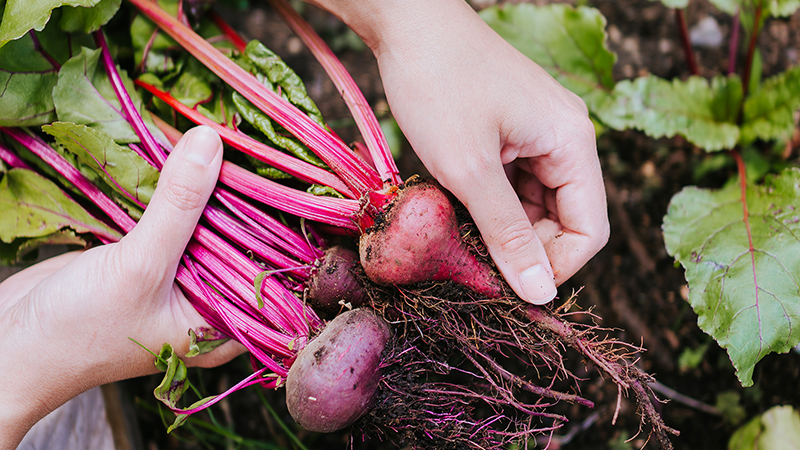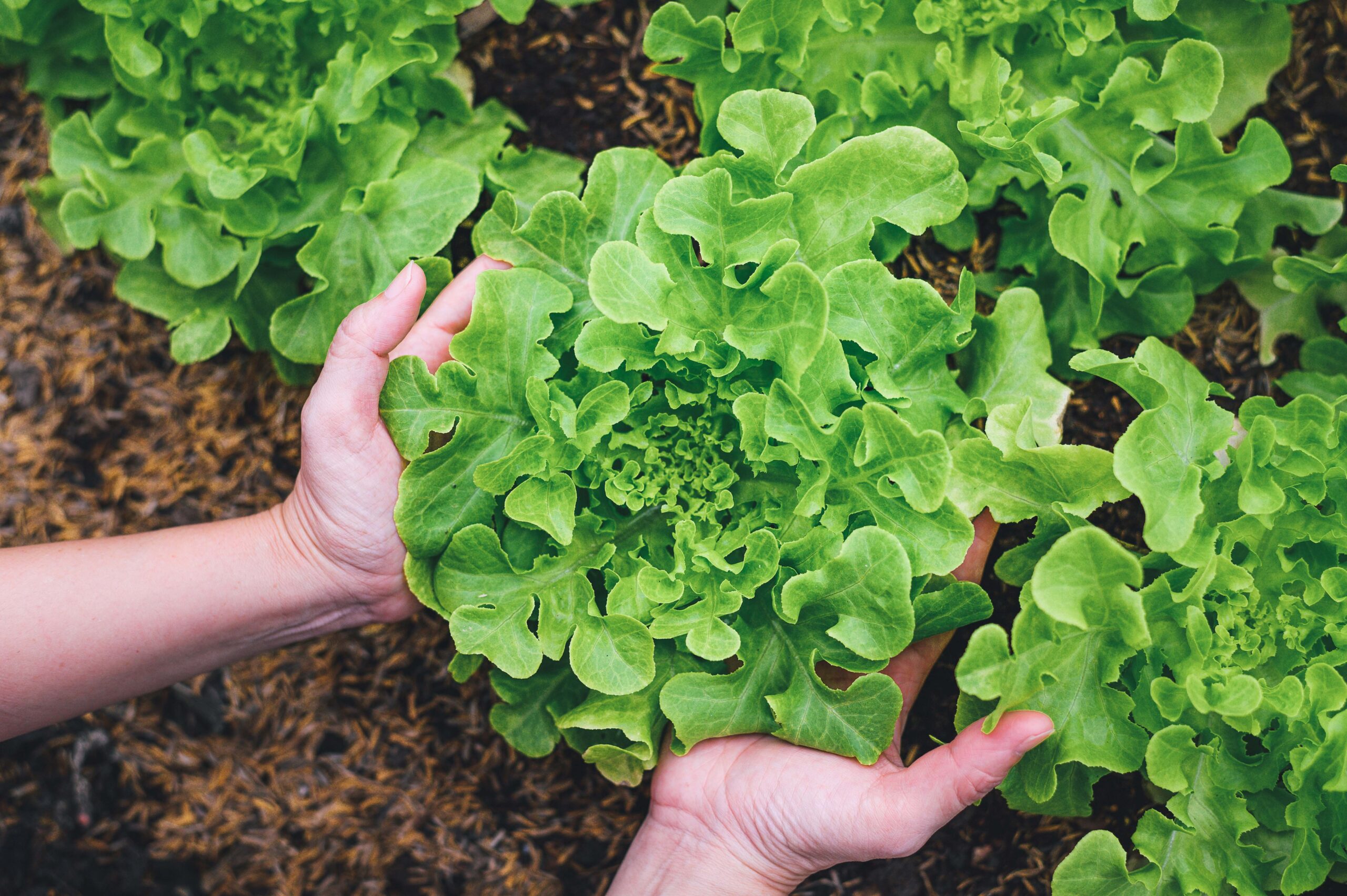February and March are key months for both harvesting summer’s bounty and preparing for cooler days ahead. From planting vibrant flowers to hearty vegetables, these months offer opportunities to keep your garden thriving. Here’s what to plant and the essential jobs to tackle to make the most of this transitional period.
February
February, one of the hottest months, is a prime time for harvesting summer fruits and vegetables. It’s also the perfect time to plant autumn crops and add a splash of vibrant summer blooms. Keep plants well-fed and hydrated to avoid stress and ensure a healthy, bountiful garden.

Plant now
Alyssum, basil, beans, beetroot, blueberries, capsicum, courgettes, daffodil, daisy, eggplant, forget-me-not, fuchsia, gerbera, lavender, leeks, lettuce, marigold, mesclun, onions, parsley, parsnip, petunia, potatoes, radish, rhubarb, rocket, spinach and spring onions.
Jobs to do
- Harvest summer crops and remove spent plants.
- Plant autumn vegetables and summer flowers.
- Feed plants to encourage strong growth.
- Keep soil moist with regular watering to prevent stress – try to water morning and evening to prevent plants and leaves burning in the midday heat.
- Watch for pests and diseases; treat promptly.

March
As autumn settles in, the growing season slows, but March offers an abundance of crops ready for harvest and preservation. With the garden brimming with produce, it’s the ideal time to plant for cooler months and prepare for a vibrant spring by selecting bulbs now available in stores.
Plant now
Bok choi, broccoli, brussels sprout, cabbage, carrots, cauliflower, celery, chrysanthemum, coriander, eggplant, feijoas, kale, lemons, lettuce, limes, mandarins, marigold, oranges, pansy & viola, parsley, parsnip, potatoes, radish, rhubarb, rocket, silver beet, snapdragon, spinach and tulip.
Jobs to do
- Harvest summer crops like tomatoes, beans and sweetcorn.
- Plant autumn vegetables and spring bulbs.
- Dry and save seeds from tomatoes, cucumbers, melons and beans for next spring.
- Preserve, bottle or store harvested produce for winter.
- Mulch garden beds to protect and nourish soil.







